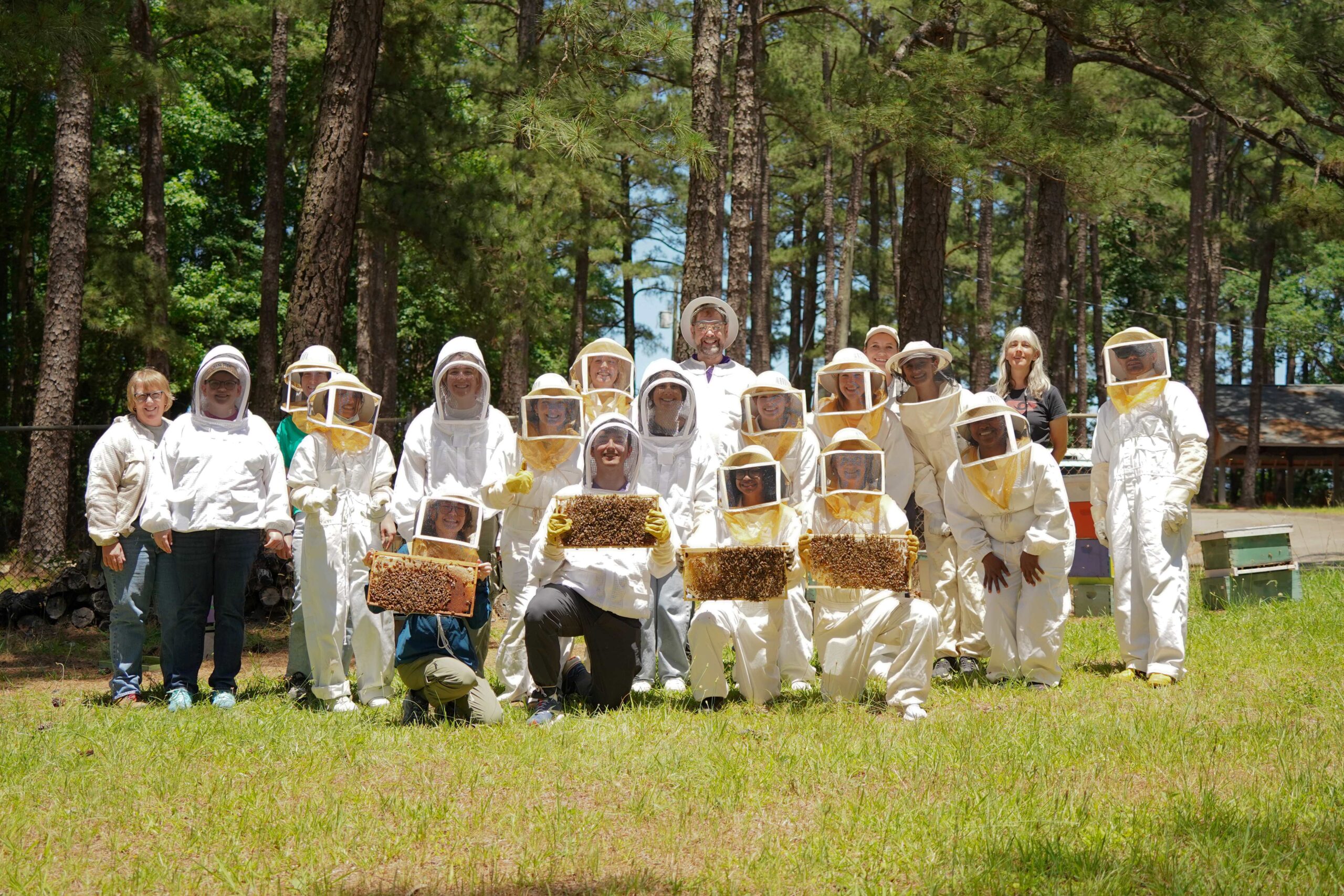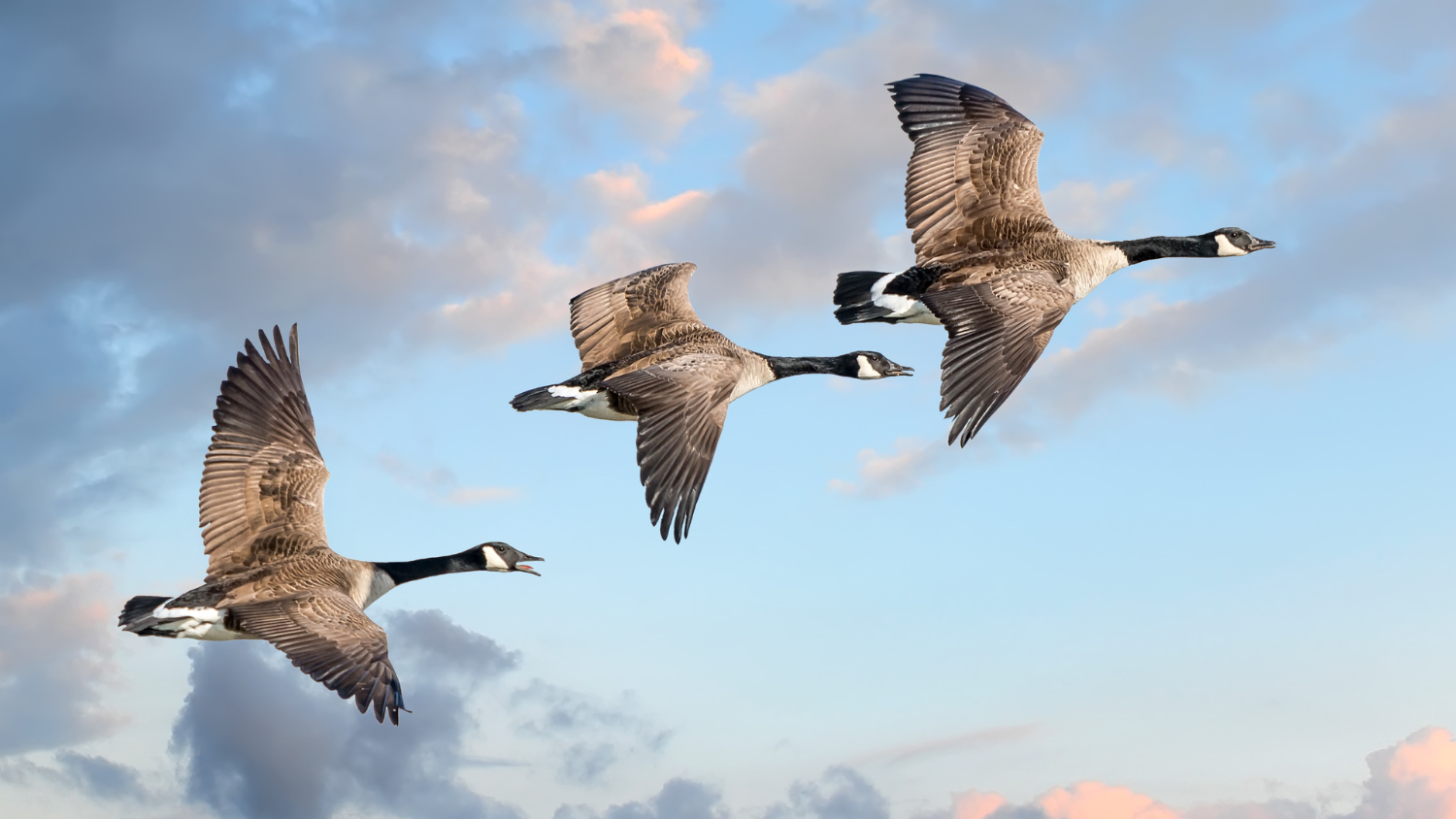How To Break Barriers In Science: Applied Ecology’s Martha Burford Reiskind

During her time as research assistant professor at CALS, Martha Burford Reiskind noticed that her Ph.D. students felt isolated as they worked on their dissertations.
So she started the #45_15 Group, which meets weekly for 45 minutes of quiet dissertation writing and 15 minutes of discussion. Conversation topics range from research interests to the professional challenges faced by the mostly female group.
Also the academic programs coordinator in the Department of Applied Ecology, Reiskind is most recently the winner of the 2018 CALS Teaching Award of Merit. Her laboratory’s research focuses on understanding the interaction of genes and environment in shaping the evolutionary trajectory of species, especially on small population dynamics, landscape genomics, and rapid evolution of native and invasive species.
 Why did you decide to start the #45_15 Group?
Why did you decide to start the #45_15 Group?
I think what ends up happening is that a lot of people get very siloed in their Ph.D. program, and it gets very lonely – you forget that you have this whole community of people who are going through it together. I noticed that I had a lot of students who were in the writing phase of their dissertation, and I wanted to build a support community.
It’s all women right now, but it’s open to everyone. … So far, it’s provided a chance for them to engage with faculty and talk about what it’s like to be a woman in science, the things we have to do to get to where we want to be – and how we can change the system so it works with us rather than against us. It’s under the context of getting your dissertation written, but there are times when we revert to 45 minutes of chatting and 15 minutes of writing.
What are some of the struggles you mentioned with being a woman in science?
I think some female graduate students feel not as valued as their male counterparts. There’s a lot of implicit bias they’re struggling with, and lots of strategizing on how to counteract it. I’ve known about that and have been fighting it all along, but I think we have more ways for communicating about it now. I think people are becoming much more aware of what’s inappropriate. We all have implicit bias, and we have to deal with it in ourselves – and educate others, as well.
How did you deal with these challenges when you were in their shoes?
Thinking back, I’ve always been very determined – and sometimes scrappy, when I needed to be. I’ve gotten to do what I wanted because of that, but we’re all trying to figure out our way through a system that was built to educate men. … We may have made incremental steps, maybe men are more aware of talking over women in faculty meetings or claiming women’s ideas as their own, but I don’t feel like we’ve had as much progress as we could for being aware for so long. They’re just starting their careers, and they’re wanting to figure out whether this is going to work. I think that’s where having contact even in a class context with a female faculty member is very important.
Why is it important to have these conversations?
Some of the challenges are overt, but a lot of the bias is hidden. Even when we’re little, it starts to happen – I was a math whiz when I was a kid, but I can’t tell you how many people told my mom that it wasn’t a path for girls. Because I did the work in my head, they thought I was cheating. It wasn’t until I was in middle school that they recognized that I wasn’t cheating and was allowed to skip a grade. My mom went to law school when she was in her 40s after being a stay-at-home mom, so I didn’t absorb the negative pushback as much. …
Part of the problem for women in academia is getting our feet in the door and being competitive, and then when we get in there, making sure opportunities are still available if you want to start a family, things like that. … It will be better for everyone if we take those things into account for both tenure-track and non-tenure track faculty positions.
Why did you come to CALS?
When I was offered a job at CALS, I saw an opportunity to build something unique. I was able to step into a role of mentorship with graduate students as faculty advisor for the Climate Science Fellows, teach their core course in conservation and climate science and also teach classes in conservation genetics and field ecology. I get to mentor undergraduates as they’re about to launch their careers. I’ve gotten to be a very visible female faculty member who has a lot of one-on-one and small group interactions with students, which has let me be more effective.
And the research opportunities have been fabulous.
Tell us more about your research.
I do a lot of conservation genomics and genetics. When I came here, I wanted to build a new methodology, which I just published a couple years after I got here, for reduced representation sequencing of non-model species. … Now, I work on rapid evolution in the Aedes aegypti (yellow fever mosquito and vector for Zika virus) mosquito and differential selection across marine environmental gradients on fish on both coastlines.
The race to get funding for our research is so intense, but I’ve been fortunate to have some big grants come through. One is a National Science Foundation RAPID grant, one of Erica Henry’s grants to work on rare butterflies in south Florida. She is a post-doc in our lab, is of the world’s experts on rare butterflies, and is also a fantastic field biologist and researcher. We’re very excited to work with her for a couple years and see where her career takes her.
Our faculty Think and Do the Extraordinary every day.
This post was originally published in College of Agriculture and Life Sciences News.



